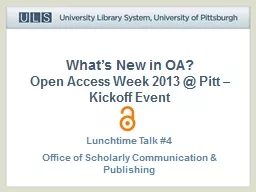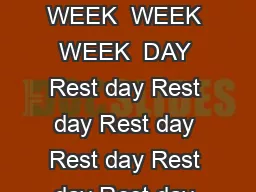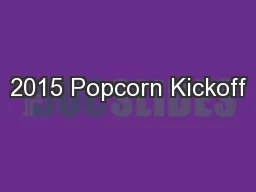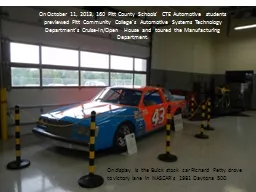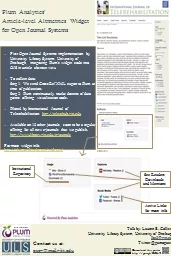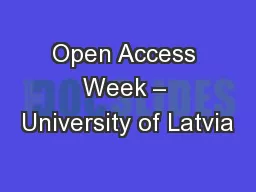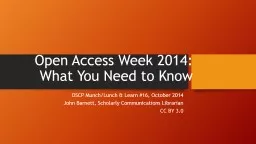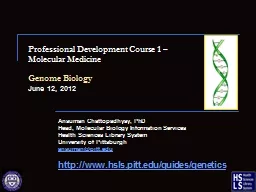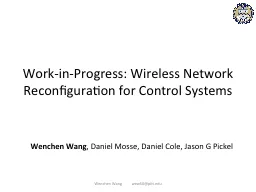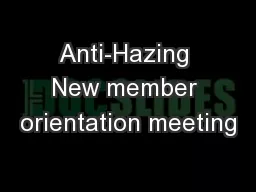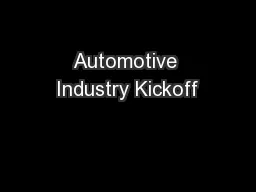PPT-What’s New in OA? Open Access Week 2013 @ Pitt – Kickoff Event
Author : bubbleba | Published Date : 2020-06-19
Lunchtime Talk 4 Office of Scholarly Communication amp Publishing Todays agenda OA Overview OA in the News Finch Report White House Directive on Open Access University
Presentation Embed Code
Download Presentation
Download Presentation The PPT/PDF document "What’s New in OA? Open Access Week 201..." is the property of its rightful owner. Permission is granted to download and print the materials on this website for personal, non-commercial use only, and to display it on your personal computer provided you do not modify the materials and that you retain all copyright notices contained in the materials. By downloading content from our website, you accept the terms of this agreement.
What’s New in OA? Open Access Week 2013 @ Pitt – Kickoff Event: Transcript
Download Rules Of Document
"What’s New in OA? Open Access Week 2013 @ Pitt – Kickoff Event"The content belongs to its owner. You may download and print it for personal use, without modification, and keep all copyright notices. By downloading, you agree to these terms.
Related Documents

